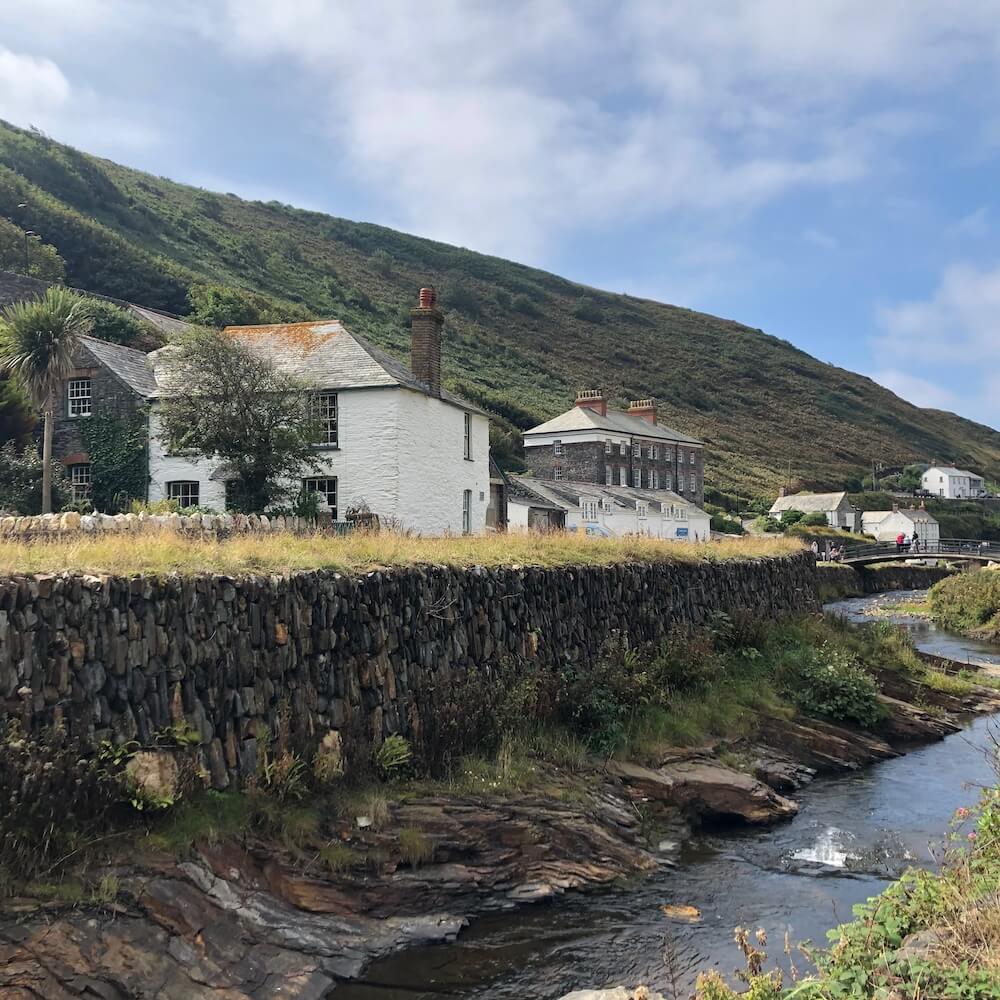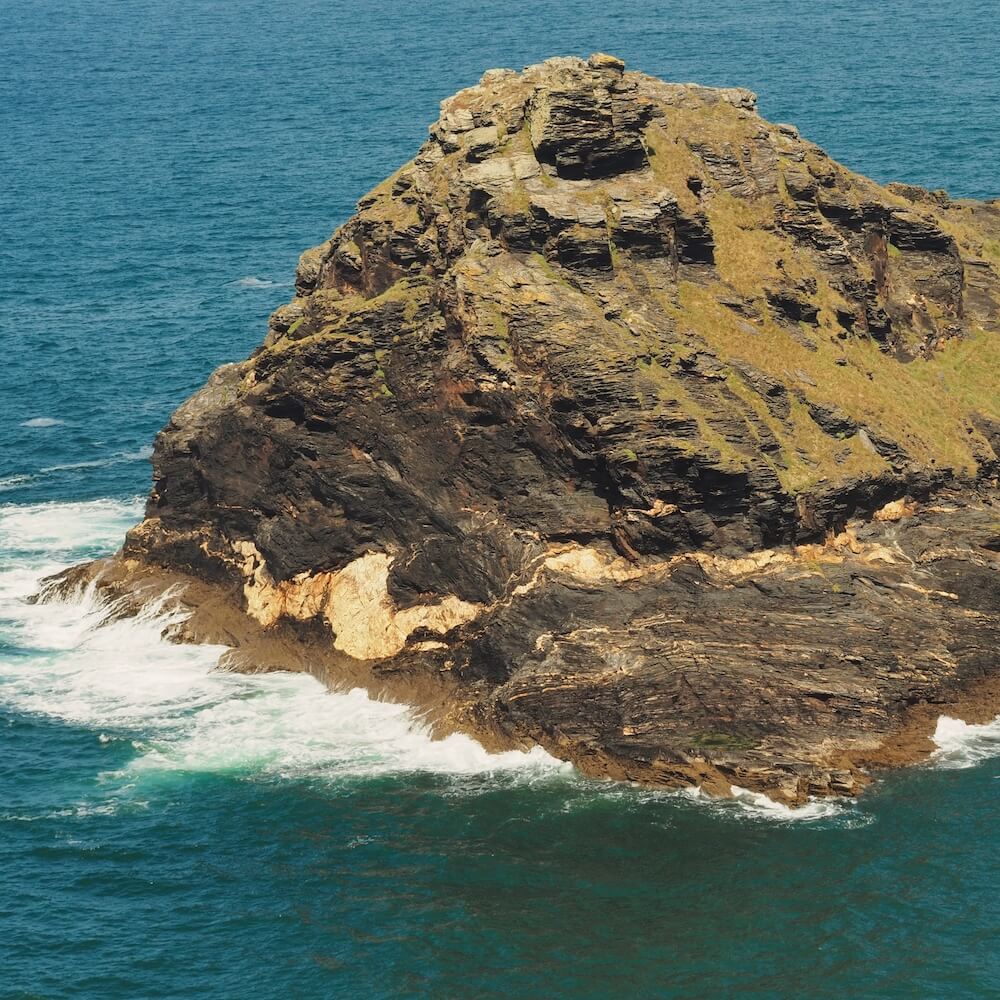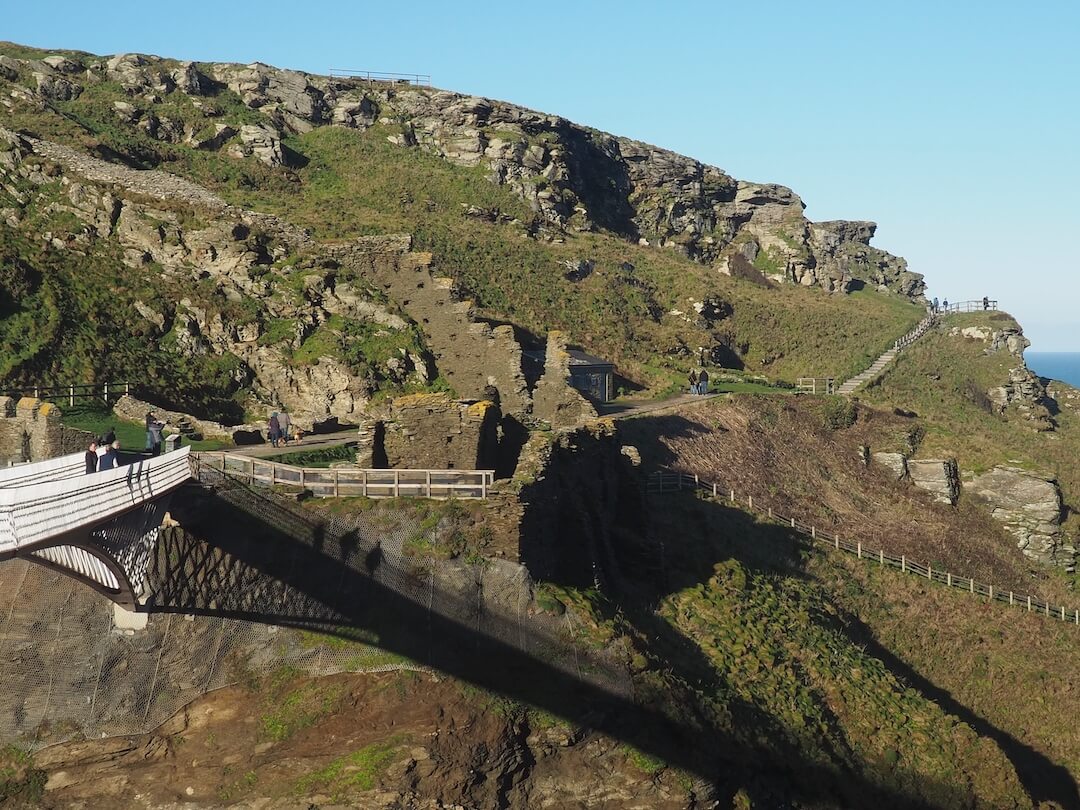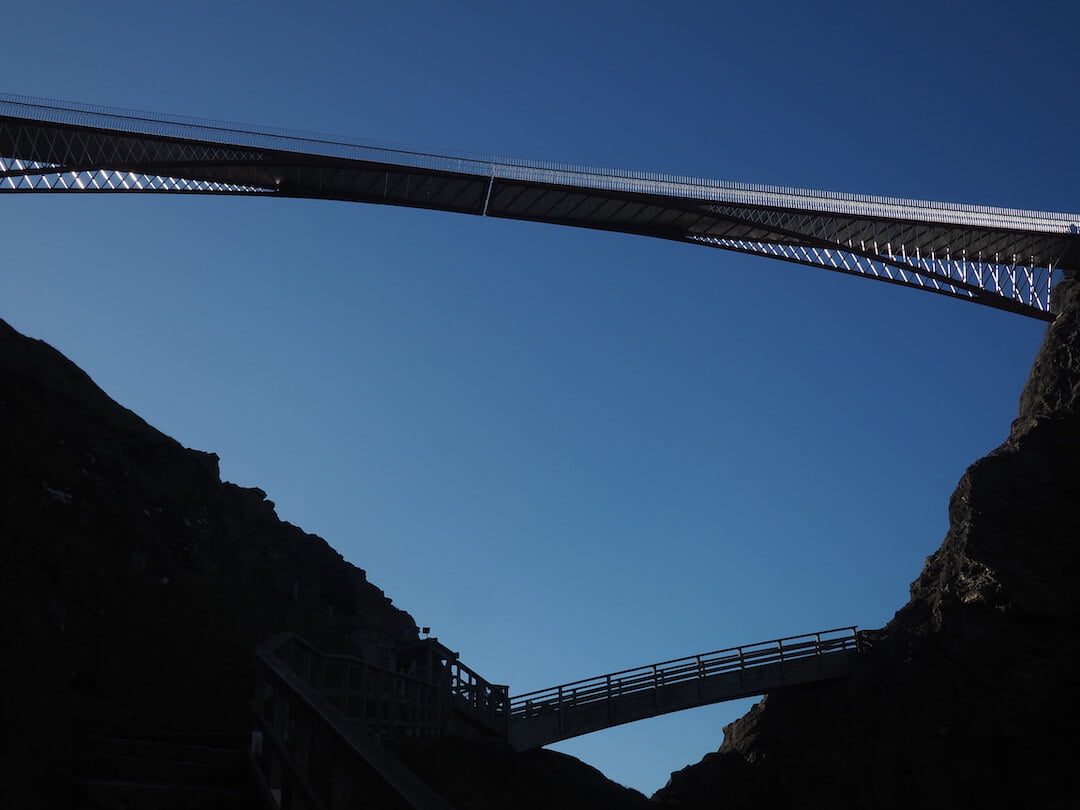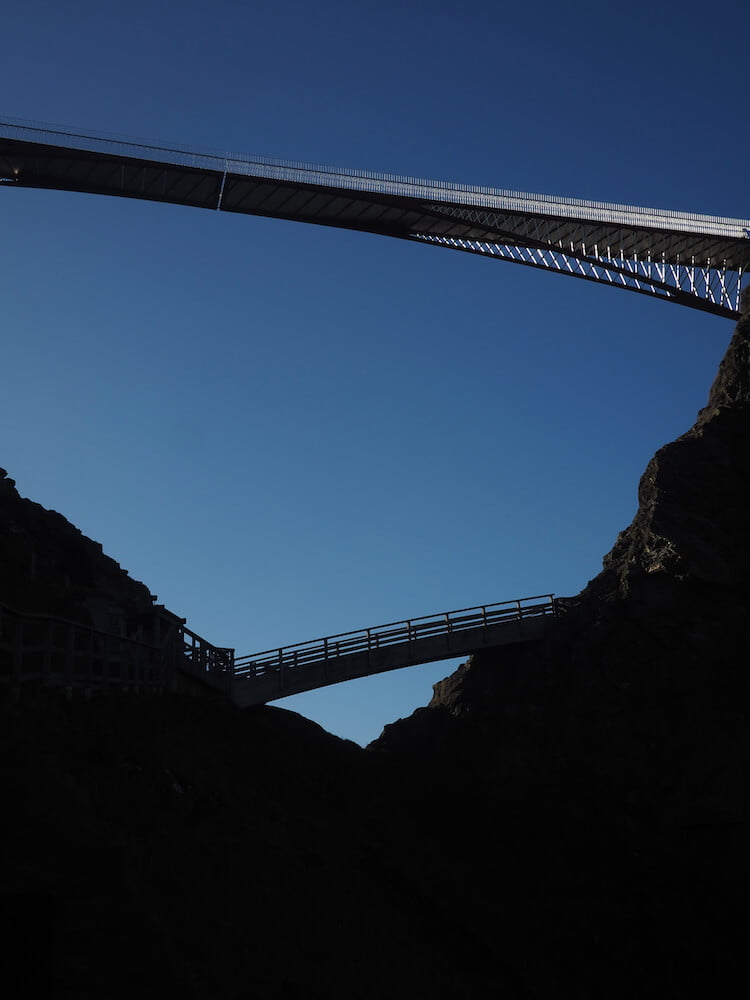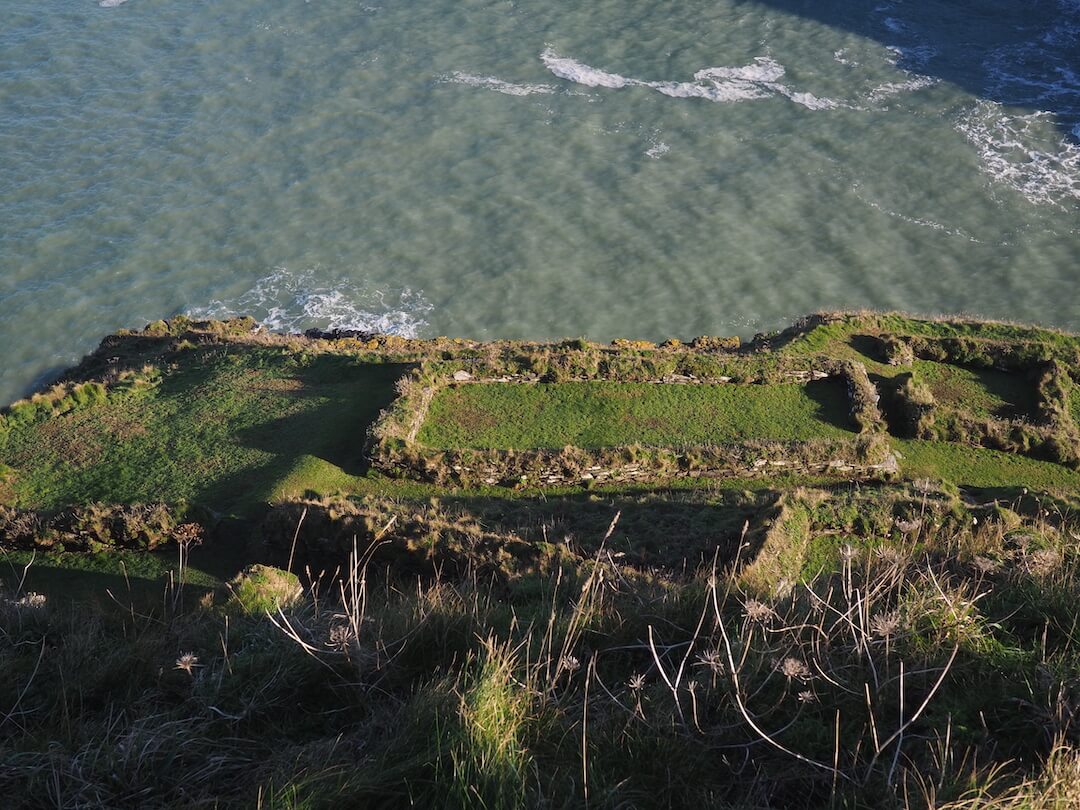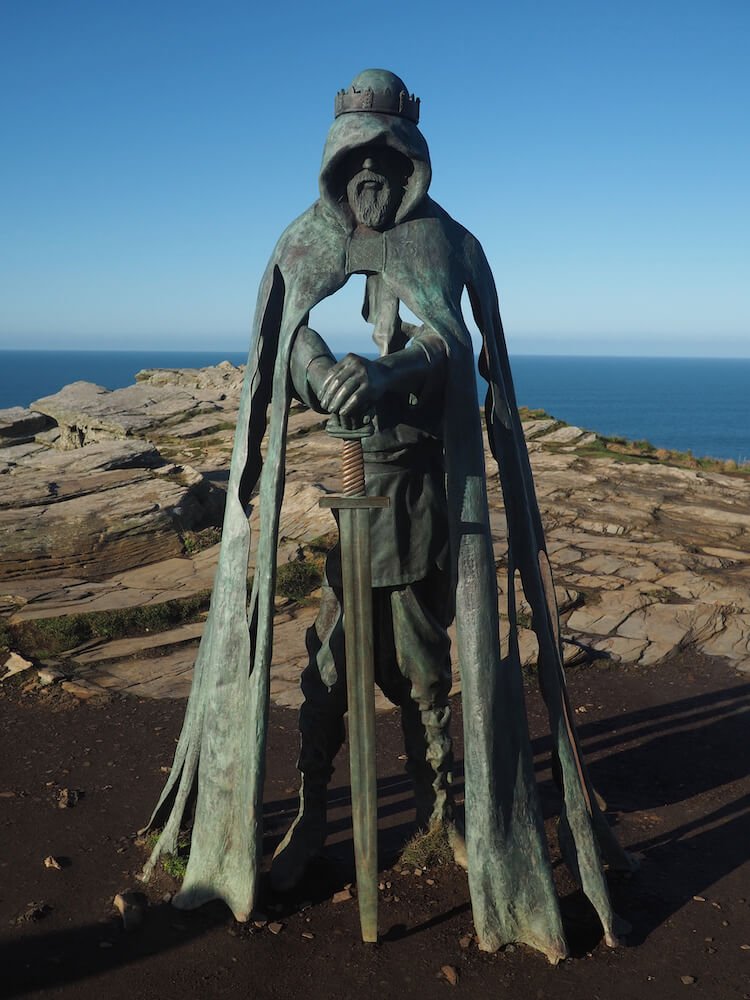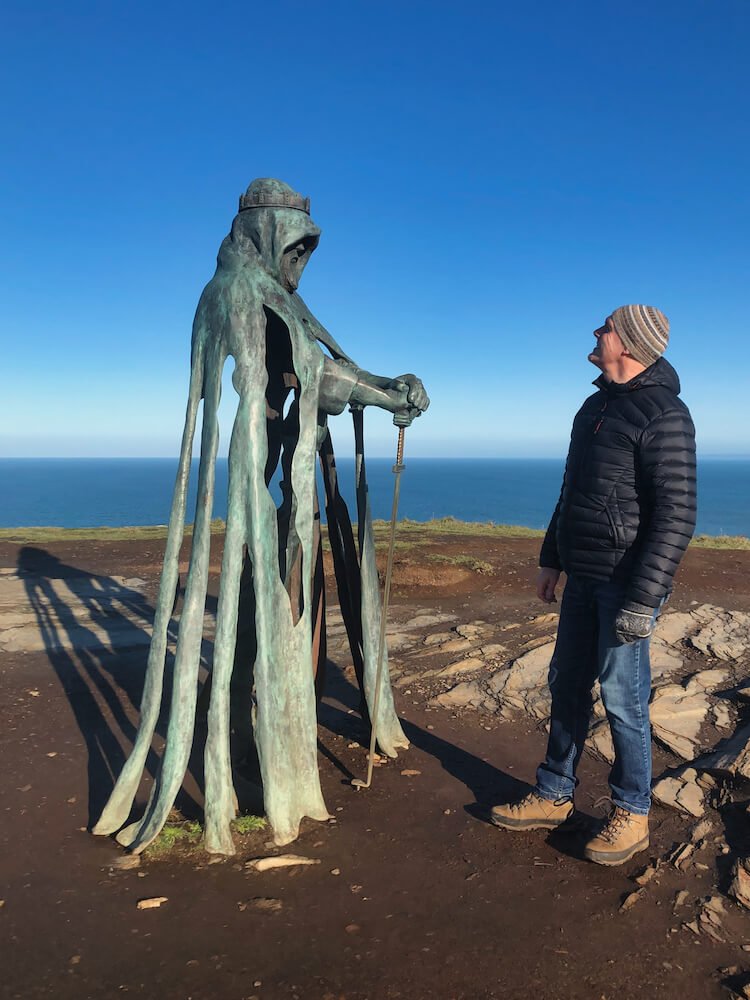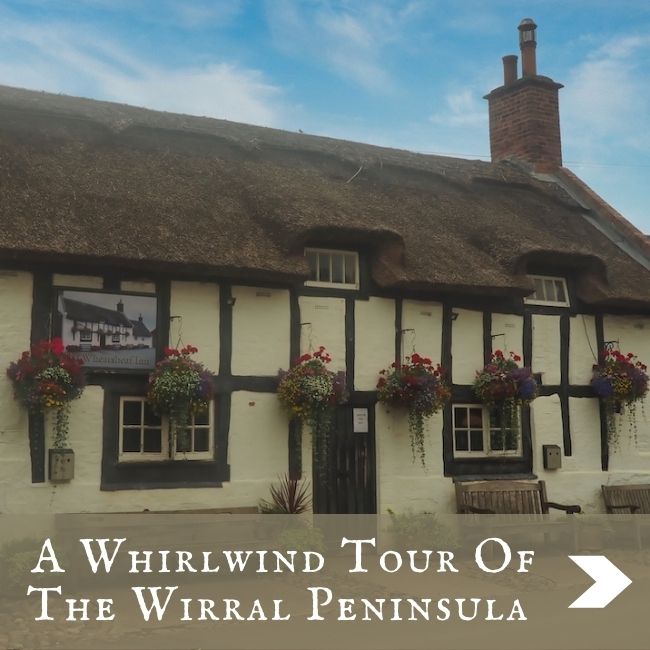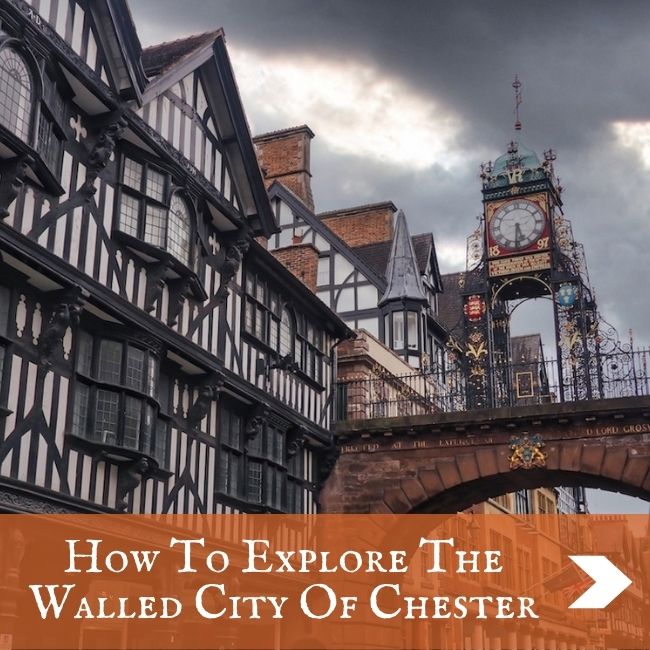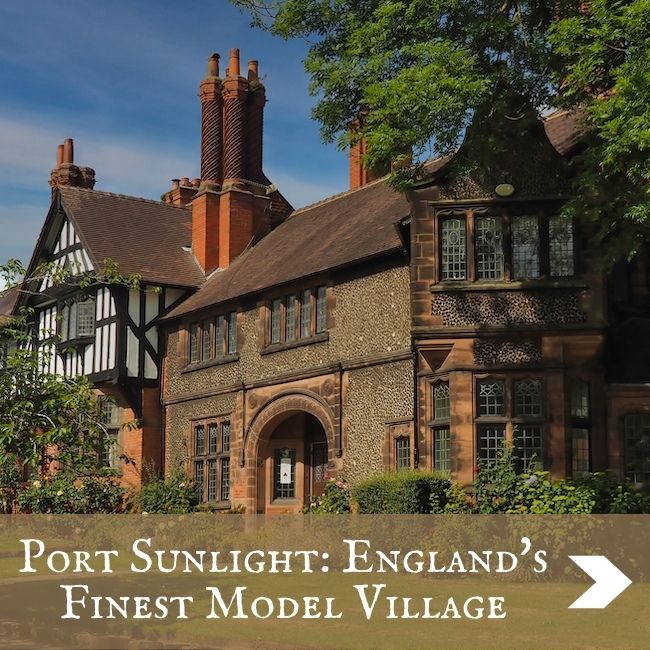ENGLAND
BOSCASTLE AND TINTAGEL – WHERE CORNWALL’S ARTHURIAN LEGEND WAS BORN
4 December 2021
BOSCASTLE AND TINTAGEL – WHERE CORNWALL’S ARTHURIAN LEGEND WAS BORN
4 December 2021
Separated by five miles of coastal path, the villages of Boscastle and Tintagel are perhaps most famous for their lofty associations with the past. Although, with legendary tales of King Arthur and being the inspiration for many of Thomas Hardy’s novels and poems, the two villages are not exactly Far From The Madding Crowd anymore.
But, if you find yourself along Cornwall’s rugged northern coast, combining them makes for a great day trip. Especially if you can also take in the lung-busting hike that connects the two along the South West Coast Path.
Boscastle
St-Louis
Tintagel Castle
St-Louis
About Boscastle
During the decades before the railway network finally reached Cornwall in 1893, Boscastle was a small, but important commercial port.
Albeit an extremely tricky one for merchants to negotiate, given the twin hazards of its narrow harbour entrance and off-shore island. And, even then, they had to be towed into port by eight oarsmen in a rowing boat. Together with a small army of men on land with ropes to guide them away from the rocky shores.
Not surprisingly, the advent of the rail network meant that merchants chose to dock at more accessible ports elsewhere. Boscastle’s heyday was over in a flash.
However, its spectacular location and the lovely village of stone cottages that remained at the head of the 16th-Century harbour made Boscastle an obvious candidate for the tourist boom that engulfed Cornwall in later years.
That and its association with one Thomas Hardy who, before he became a world-renowned scribe of poems and fiction, was an architect who worked on the nearby church at St Juliot. Having fallen in love and ultimately married the rector’s sister-in-law, he spent a lot of his time with her exploring the Valency Valley and the area’s coastline. All of which culminated in his 1913 poem, At Castle Boterel (which is Cornish for Boscastle).
More recently in August 2004, the village was at the centre of a devastating flood that gripped the nation as it watched the destruction on national TV. A month’s worth of rain fell in just two hours, turning the streets into rivers and carrying dozens of cars out to sea.
Today, apart from a small band of fishermen, the village survives on the back of tourism. Which, like any other self-respecting Cornish port features shops offering pasties, ice creams, fish and chips, tea and scones, together with a sprinkling of pubs and boutique clothing shops. And a car park that actually dwarfs the village itself.
Unlike other ports along the coast, however, it also features a museum dedicated to witchcraft and magic, which claims to house the world’s largest collection of objects connected to witchcraft, magic and the occult.
Valency Row, Boscastle
A walk along the harbour
Of course, you could easily spend a morning just pottering around the village. That’s if you don’t mind sharing the experience with far too many other people during the peak summer months. However, you’d be missing out if you didn’t also take a walk along the harbour area.
From the village, twin paths follow both sides of the River Valency as it meanders towards the sea. Stone cottages and other buildings converted into boutique shops begin to thin out as the mewing sound of hungry seagulls fills the air. And either side of the valley, the green hillsides are scarred with snaking footpaths that disappear over their brows.
The path to the left leads to the harbour itself. As the river mouth widens, lobster pots are stacked haphazardly on the shore. Meanwhile, a small flotilla of fishing boats is moored beside the protective arm of a stone harbour wall, which points like a curled finger toward the opposite bank.
View from the harbour looking back to Boscastle
And then, beyond the wall, the pathway climbs slightly to unveil a panoramic view of the harbour mouth and surrounding cliffs. Immediately, you can appreciate the task that sailing vessels would have endured back in the day as they approached the harbour.
Opposite, the craggy headland of Penally Point is pummelled by the relentless surf. It reaches its climax an hour-or-so either side of low tide when the thunderous noise inside the Devil’s Bellows blowhole announces the arrival of huge sprays of water, which can sometimes spew out across the harbour.
Penally Point
To the left, the pathway leads up to a white lookout atop another headland. The views from the lookout are breathtaking, looking back on one side across the harbour and, on the other, further south toward Tintagel Castle.
View of the harbour mouth from the lookout
The coastal path between Boscastle and Tintagel
Indeed, the South West Coast Path, which continues from the lookout to Tintagel, is worthwhile doing if you have the time to spare. Featuring old cliff-edge slate quarries, sandy coves and offshore islands, it’s five-and-a-half miles of pure northern Cornwall coastline. Which means it can be strenuous at times. But you do have the option of jumping on a bus, which connects Boscastle and Tintagel, for the return leg.
Here’s a guide and route for the walk.
Of course, as this is Cornwall, there are further walks to explore in the area, too. Particularly along the Valency Valley and north on the coastal path to Pentagon Waterfall and beyond. This village map of Boscastle has more details.
The Legend Of Tintagel
Most people who visit Tintagel tend to make a bee-line for the island and its castle rather than trouble themselves with the actual village. Which is not surprising given its history – both factual and mythical.
Tintagel’s island, connected to the mainland via a couple of footbridges, has held its legendary status for centuries. Its original castle is believed to have been built around the 5th-Century and, for a period, was a stronghold and possible royal inauguration site for the kings of Devon and Cornwall (then known as Dumnonia).
Judging by the thousands of pieces of Mediterranean pottery found at the site, it was also a thriving trading port. Especially with the East Mediterranean and North Africa.
But its legendary status was cemented in the 12th-Century when Geoffrey of Monmouth wrote his History Of The Kings Of Britain. In it, a 5th-Century warrior king called Arthur defeated the Saxons and created an empire that stretched into northern Europe and Scandinavia. Which might have stood the test of time as a factual piece of history if he hadn’t spoiled it all by introducing the likes of Merlin (Arthur’s wizard advisor) and Excalibur (his magic sword) into the mix. Not to be outdone, the French writer Chretién de Troye jumped on the bandwagon by introducing Sir Lancelot and the Holy Grail to the story. And the rest, so the saying goes, is history.
Only it probably isn’t. No more than if Tolkein had somehow been transported back to the 12th-Century tasked with writing a fantasy epic involving wizards, knights with special powers, magic swords and the pursuit of a mysterious religious artefact.
Nevertheless, some historians still believe the story has merit. And so the legend of King Arthur lives on. In more recent times through the Victorian-era poems of Alfred Tennyson and the romantic novels and movies of the 20th-Century.
Which was good news for the Cornwall Tourist Board and the inhabitants of Tintagel, in particular.
Tintagel’s island
Visiting the 13th-Century castle and King Arthur’s statue
If you pay a visit to the island it’s hard not to get swept up in all the mythology.
But first, it would be wise to book your tickets in advance online. It’s cheaper (standard ticket = £16) than paying on the day and you’ll be guaranteed a time slot.
Walking across the slate floor of the recently-opened bridge (summer 2019) begins the Tintagel experience. It’s something of an architectural wonder and, when it was built, it connected the two separate sections of the 13th-Century castle for the first time in 500 years.
The new bridge viewed from below
The new bridge viewed from below
Beyond the bridge, the arched wall of the castle cascades from the hillside and doubles as the true entrance to the island. Built in the 13th-Century by Richard, Earl Of Cornwall, the castle served no particular purpose. But when your brother – who happens to be King Henry III, son of King John of England (he of Magna Carta fame) – gives you the county of Cornwall as a birthday present, you’re probably inclined to spend your new-found wealth on something extravagant. And a castle on a dramatic headland would tick most people’s wish list boxes back then.
The castle entrance
It’s a place to linger and let your imagination run wild. Standing beside the medieval entrance to the castle, you’ll glance down to the cove below and see the remnants of the 5th-Century settlement hugging what remains of the cliff edge. And below, out of sight from this vantage point, sits the cave where Merlin would spend his evenings honing his wand skills.
An ancient settlement sits precariously on the cliff edge
Further along the pathway, the castle walls drop to the cliff edge, providing vantage points of the dramatic coastline framed by 900-year-old fortifications. You’ll be forgiven for spending a few moments here gazing lovingly out to sea in the hope that someone’s had the foresight to take their camera out to capture the moment.
Nicky watches for dragons and other assorted wildlife
And then it’s upwards to the top of the headland to walk amidst the remains of further 5th-Century settlements. It’s here, on the windswept rocky outcrop, that you get a true sense of what life must have been like for those medieval families, perched as they were on top of one of the most extreme points of the country.
Towards the far end of the headland, the barren grey rock and pale blue sky beyond act as a blank canvas for a curious-looking human shape that appears to be staring back across the expanse. Gallos (meaning Power in Cornish) is an eight-foot bronze sculpture that’s supposed to represent the royal heritage in Cornwall. Although the skeletal king’s demeanour, holding a sword that looks suspiciously like Hollywood depictions of Excalibur, explains why it’s more commonly known as the King Arthur Statue.
Whoever it is, we dare you not to get all starstruck and jump at the chance to have a photograph taken alongside him.
The island and castle are owned and maintained by the English Heritage charity. And if you’d like some further insight into Tintagel’s history and the whole Arthurian legend, their website has a wealth of information.
And, for a dramatic view of the island, this drone footage is also well worth viewing.
Other things to do around Tintagel
In addition to the hike between Boscastle and Tintagel, there are walks along the coastal path to the nearby beaches of Trebarwith Strand and Bossiney Cove. And, within the village, the Old Post Office building, complete with a wavy slate roof, dates back to the 14th-Century and has been restored to its former glory by the National Trust.
But, if by now you’ve had your fill of Arthurian legends and Boscastle’s harbour walks, we can wholeheartedly recommend an early-evening beer at nearby Tintagel Brewery where you can sup a pint or two of (somewhat predictably) Arthur’s Ale, Merlin’s Muddle or Pendragon IPA.
View of the coastline north from Tintagel toward Boscastle
What did you think? Have you visited Boscastle and Tintagel? Or maybe you’re thinking of going there in the near future? Either way, we’d love to hear from you so please add your comments below.
MORE ON ENGLAND
Hi, we’re Ian and Nicky, an English couple on a voyage of discovery around the world, and this blog is designed to reflect what we see, think and do. Actually, we’d like to think it also provides information, entertainment and inspiration for other “mature” travellers, too. So please feel free to pour yourself a glass of something suitably chilled and take a look around.




